This is the third in a series of articles on the recent Sydney Film Festival. [Part 1] [Part 2]
More than thirty documentaries were screened at this year’s festival. Those I watched included The Hungry Tide, Tabloid, Le Quattro Volte and some feature-length works about film directors Roger Corman and Elia Kazan and various popular musicians.
Global warming
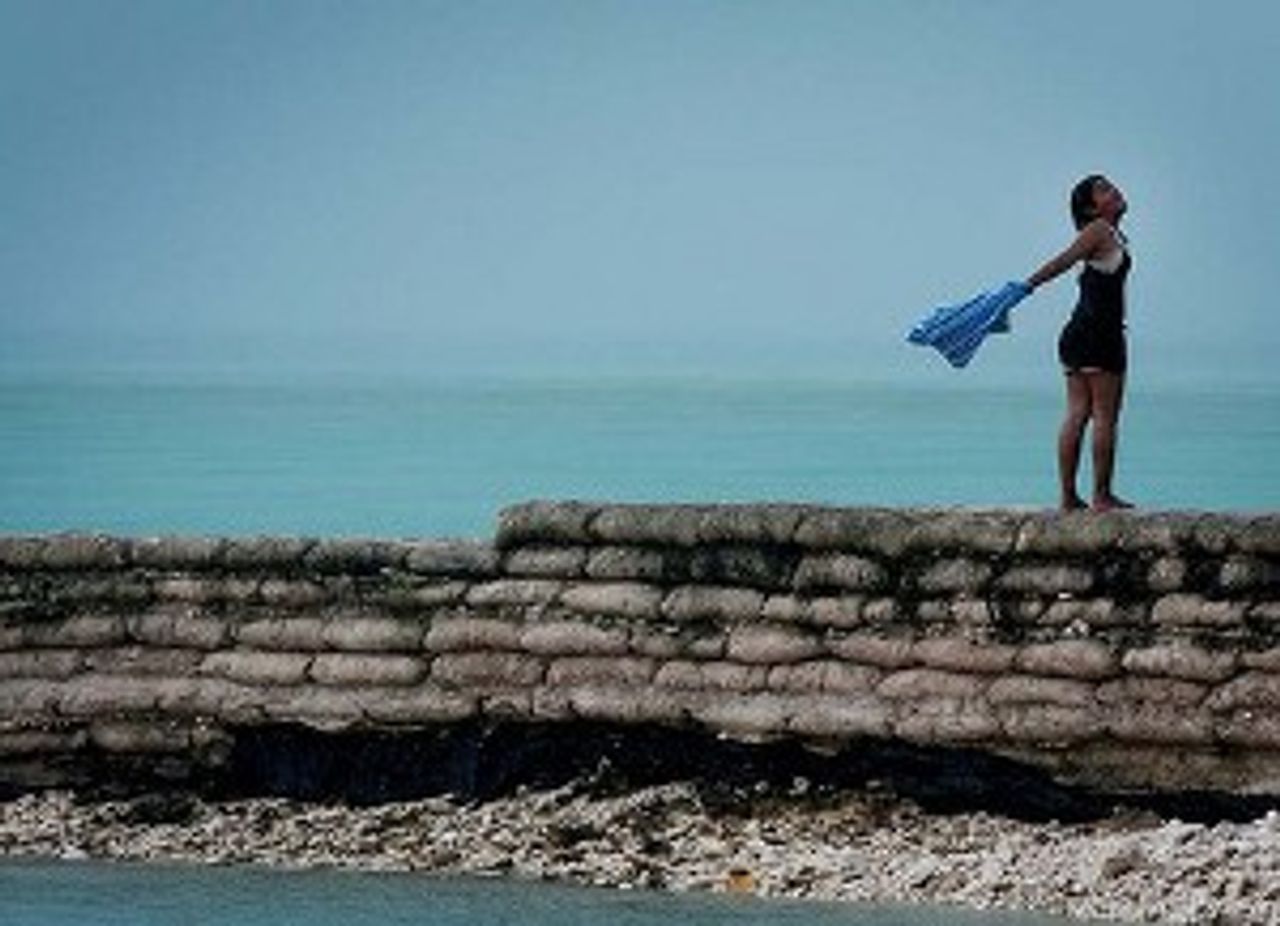 The Hungry Tide
The Hungry TideThe Hungry Tide centres on the fate of Kiribati, a collection of 33 Pacific atolls, population about 100,000, adjoining the equator and dispersed over 3.5 million square kilometres.
Like other low-lying Pacific island nations, Kiribati, whose average height is about two metres, faces destruction from rising ocean heights and altered weather patterns caused by increasing global carbon emissions. The tiny nation state is dependent on fishing and copra exports, remittances and some tourism. Lack of tillable land, frequent droughts and increasing salt-water inundation prevent large-scale agricultural production.
The Hungry Tide focuses on Maria Tiimon, originally from Kiribati’s Beru atoll but now living in Sydney. Tiimon, who works for an NGO, travels to the 2009 Copenhagen Climate Change Conference where she and other Kiribati delegates attempt to win support for a legally-binding agreement on carbon emissions to stop temperatures rising above 1.5ºC. There is no agreement, partly due to backroom manoeuvres by the Australian government, which pressures other Pacific island nations to withdraw their support. The conference offers the low-lying nations a $30 billion “adaptation fund”.
Two years later, the funds pledged at Copenhagen have failed to materialise. Unable to maintain its crumbling sea walls and other important infrastructure, the Kiribati government plans what its president describes as a “dignified relocation” from the islands, which on current predictions will be under water before the end of the century.
Directed by veteran Australian filmmaker Tom Zubrycki, The Hungry Tide is a humane work but at no point states what should be increasingly obvious—that a reduction of global carbon emissions cannot be achieved under capitalism, where everything is subordinated to the nation state and the drive for short-term profit.
A retreat
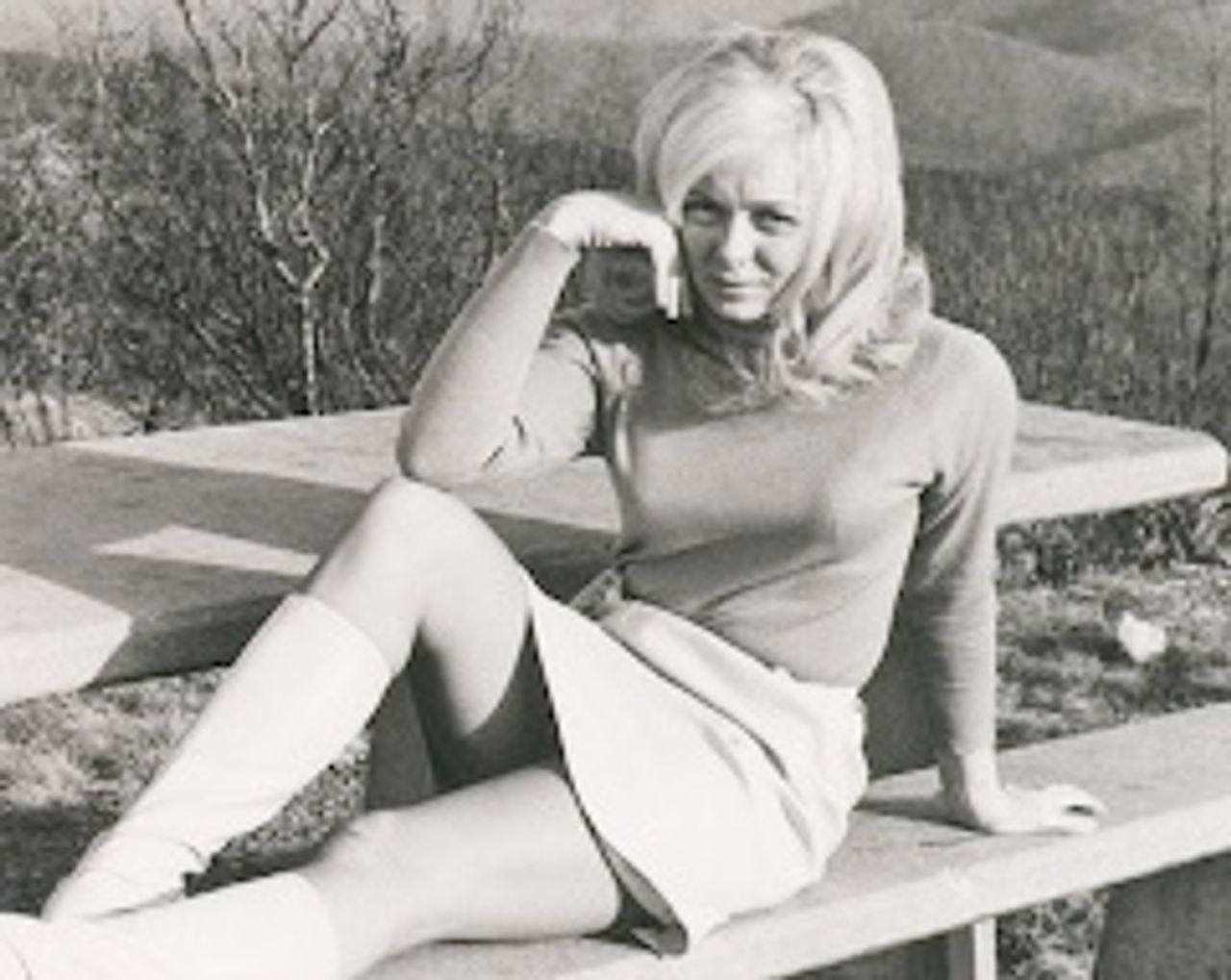 Tabloid
TabloidTabloid is about Joyce McKinney, a former Wisconsin beauty queen, who fell in love with Kirk Anderson, a young member of the Church of Jesus Christ of Latter-day Saints, during the mid-1970s. She planned to marry Anderson but his mother and the Mormon Church intervened and he was sent on “missionary” work to England.
McKinney eventually tracked down Anderson and took him to a secluded Devon farmhouse cottage where she held him prisoner and had sex with him for several days. She was later charged with kidnapping and sexual assault.
Britain’s media went into overdrive with headlines such as “The Case of the Manacled Mormon” and McKinney became an instant celebrity. She played the publicity for all it was worth, before jumping bail and returning to the US. Decades later, in 2008, she again became the subject of media attention after her deceased pet dog was cloned in Korea. Morris unravels this strange tale using archival footage, newspaper clippings, animations and extensive interviews with McKinney, journalists and others.
Compared to previous work, Tabloid is a backward step for Morris. His last two features—The Fog of War: Eleven Lessons from the Life of Robert S. McNamara (2003) and Standard Operating Procedure (2008)—were not without their weaknesses, but they attempted to explore serious issues: the Vietnam War and US torture in Abu Ghraib, respectively. Morris’s latest documentary, notwithstanding its title, does not challenge the tabloid media phenomenon at all.
Audiences can have a chuckle at the quirky but harmless McKinney but the tabloids and their so-called legitimate counterparts, which make millions scandalising and then persecuting the individuals they decide to target, are let off the hook. Their existence, and the poisonous, socially destructive role they play, is taken for granted.
Four times
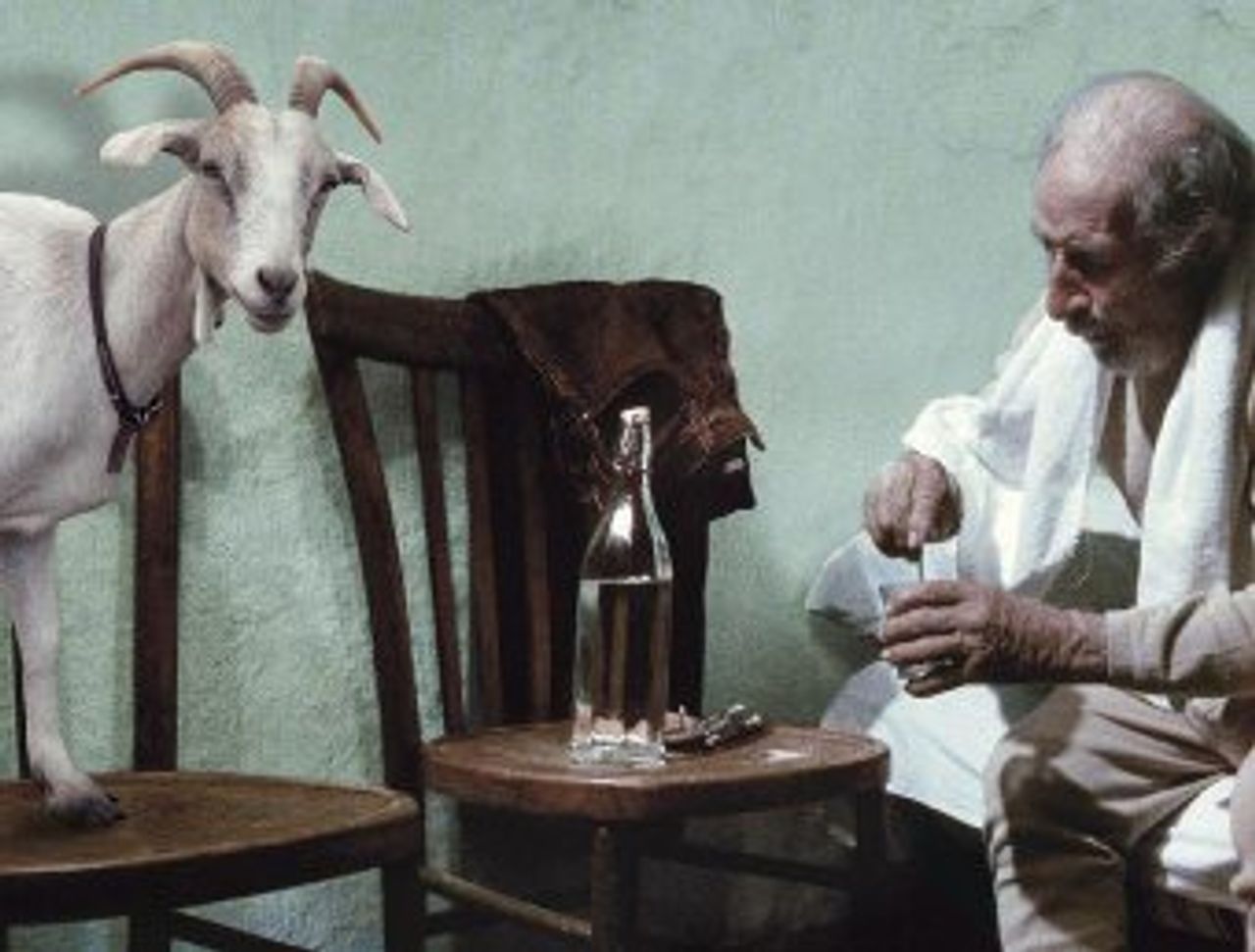 Le Quattro Volte
Le Quattro VolteLe Quattro Volte, directed by Michelangelo Frammartino, is a fascinating and visually poetic record of life-cycle changes in a poor mountain village in Calabria, in Italy’s rural south. The community, a place where time seems frozen, largely depends on goat-herding and charcoal production for survival.
Frammartino, who began producing video installations in 1997, including Film, an interactive tribute to Samuel Beckett, directed his first full-length feature in 2002. His latest work deals with several interconnected elements: the last days of an old goat-herder; the first weeks of a newborn goat; and the seasonal cycle of an old fir tree, which is felled, carried to the village for an annual festival, and then turned into charcoal.
While the 88-minute documentary, which begins and ends with images of a charcoal mound, moves at leisurely pace, there are many surprises and a few wryly amusing moments, all of them provided by the animals. A 10-minute, one-take scene shot from the middle distance on the edge of the village and involving the goat-herder’s dog and a passing parade of villagers celebrating Easter, has an unaffected charm.
Le Quattro Volte has obvious ethnographic value. It is a record of social life in the process of disappearing—a sort of the cinematic equivalent of Allan Lomax’s legendary field recordings in Britain, Spain and Italy and the American south—but it transcends the usual documentary boundaries. It has no voiceover or dialogue, just snatches of inaudible or distant conversations. In fact, the sounds of dogs, goats and their bells, and the forest itself, are as important as the movie’s human characters.
Two filmmakers
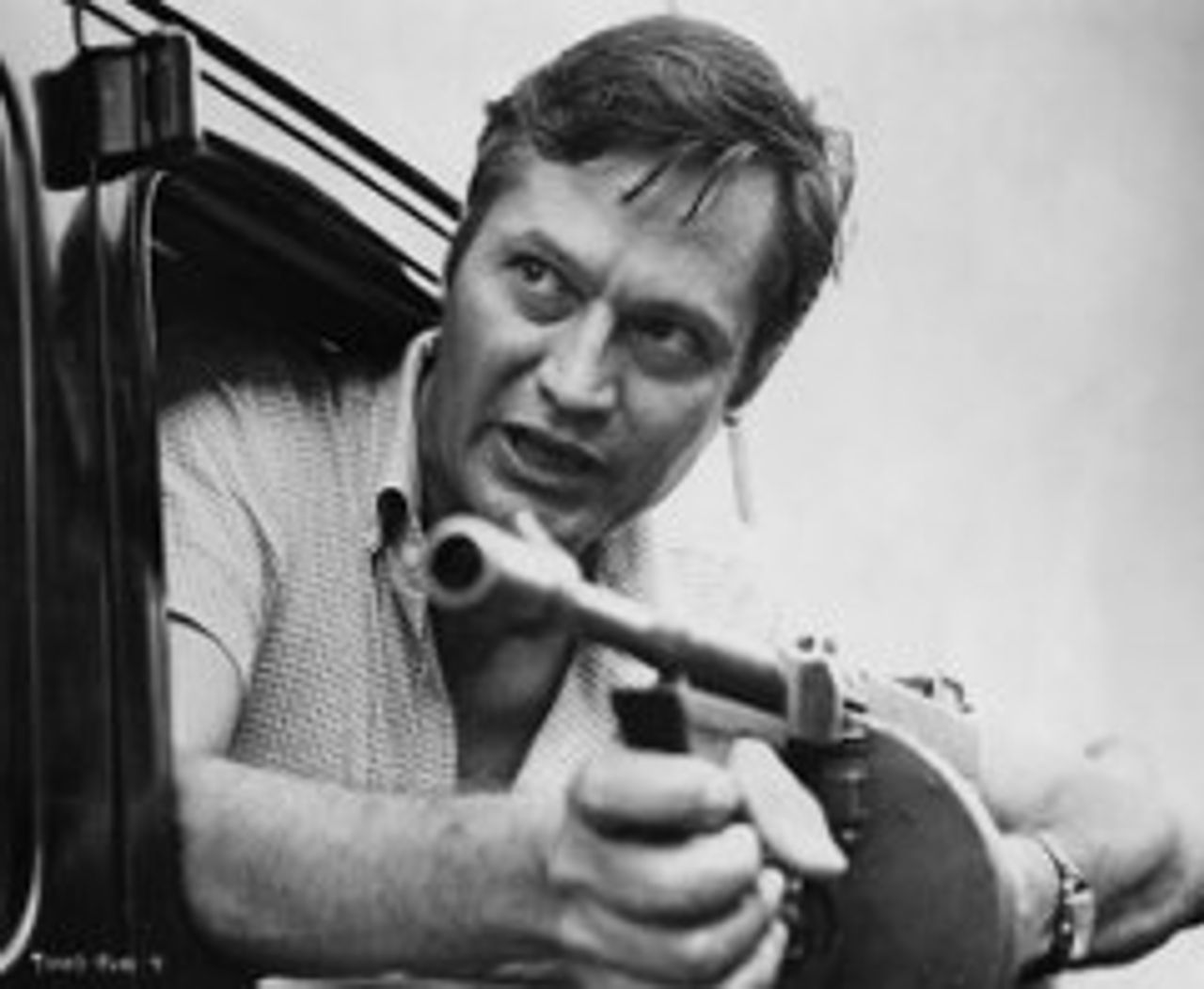 Roger Corman
Roger CormanCorman’s World: Exploits of a Hollywood Rebel is a tribute to American filmmaker Roger Corman, best known for his low-budget exploitation sci-fi and horror movies. The 85-year-old writer-director-producer, who is still working, has churned out almost 400 full-length features, since he began his film career in 1953.
Much of Corman’s work, whose watchword was, and still is, ‘fast, cheap and self-financed,’ is best forgotten. Titles such as, Teenage Caveman, The Wasp Woman, Attack of the Crab Monsters, Slumber Party Massacre Parts 1, 2 and 3 and The Great Texas Dynamite Chase give some idea of their silliness. But Corman provided sustaining employment for many American actors and filmmakers before they ‘made it’, including Jack Nicholson, Bruce Dern, Peter Fonda, John Sayles, Martin Scorsese and Ron Howard, who are interviewed in the documentary.
Corman is also credited with inspiring some of the themes explored in ‘New Hollywood’ movies, such as Easy Rider and other so-called independent works that emerged in the late-1960s, and even 1970s Hollywood blockbusters, such as Jaws, Star Wars and others.
The documentary reveals some lesser-known aspects about the quietly-spoken filmmaker. There is an interesting clip from The Intruder, a 1962 drama by Corman and set in America’s South. The movie, which starred William Shatner as a white supremacist, forcefully opposes segregation. Corman’s company was also the American distributor of films by Ingmar Bergman, Federico Fellini and Luis Buñuel, and other important European directors.
Corman has always maintained a healthy disgust with the vast amounts of money used to make blockbusters. Asked by a television talk show host in the late 70s if it was “obscene” to spend $25 million to make a movie—a small amount by today’s standards—Corman replied: “Yes. With that amount of money we could rebuild a city slum.”
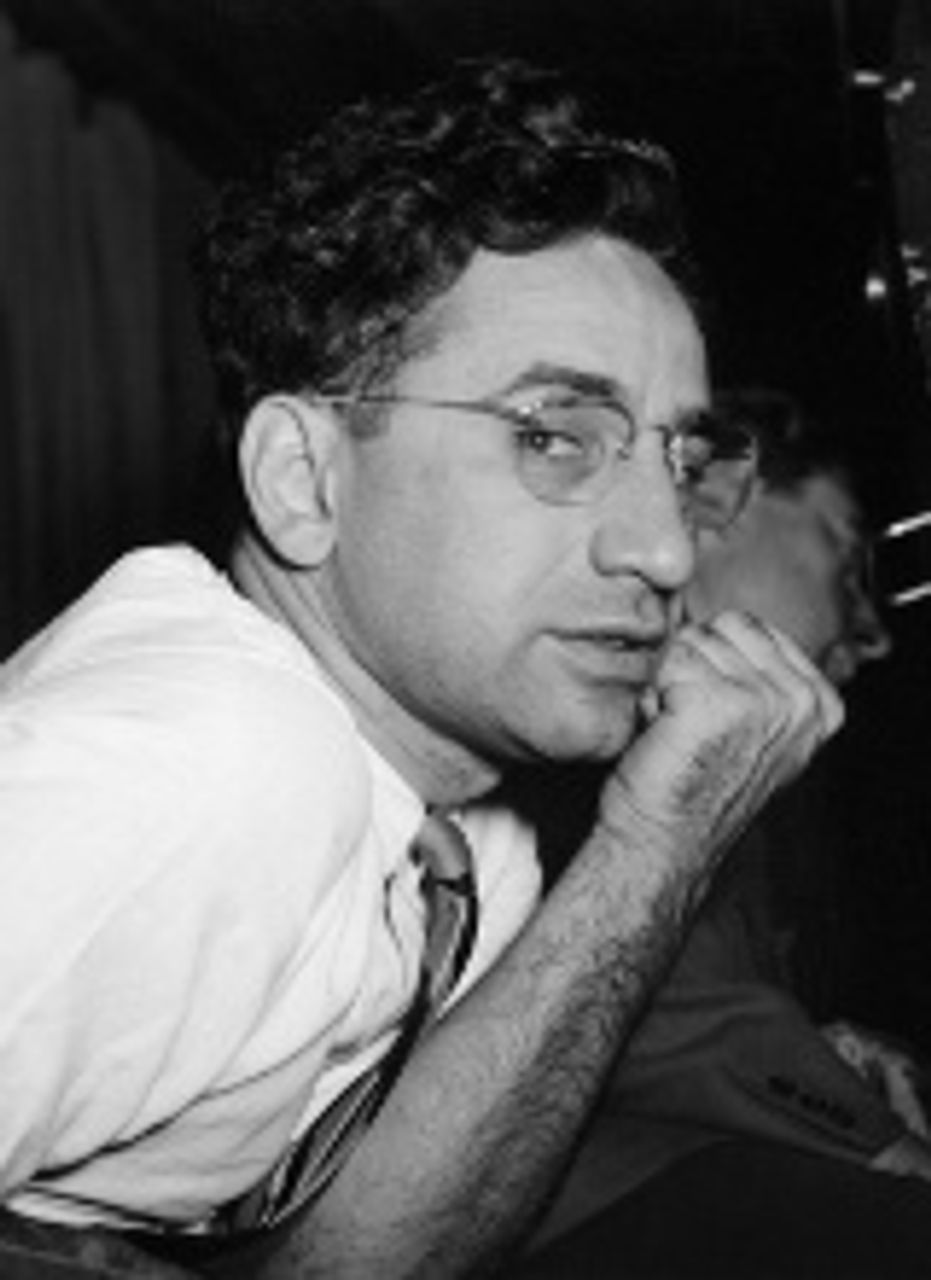 Elia Kazan
Elia KazanWhile Corman’s World has its fair share of hype, it is a more honest effort than A Letter to Elia, a 60-minute eulogy to Elia Kazan directed by Martin Scorsese and film archivist Kent Jones. The documentary, which is included in a new 18-disc DVD collection of Kazan films, takes the form of a personal letter from narrator Scorsese, praising Kazan’s artistry. Scorsese references numerous Kazan movies—including A Tree Grows in Brooklyn (1945), On the Waterfront (1954), East of Eden (1955) and America, America (1963)—explaining why they resonated with him.
But the film slyly glosses over Kazan’s cowardly decision to cooperate with the House Committee on Un-American Activities, providing the 1950s witch-hunters with the names of eight Communist Party members. (See: “Hollywood honors Elia Kazan: Filmmaker and informer”)
Kazan’s decision effectively destroyed their careers, and many other American filmmakers, scriptwriters and actors were placed on the Hollywood blacklist as a result. Scorsese mentions Kazan’s infamous betrayal—he can hardly ignore it—but only in passing. Nothing of substance is said about the political consequences for those blacklisted. The refusal of Scorsese, and others like him, to provide an honest accounting speaks much about his trajectory
Musical tributes
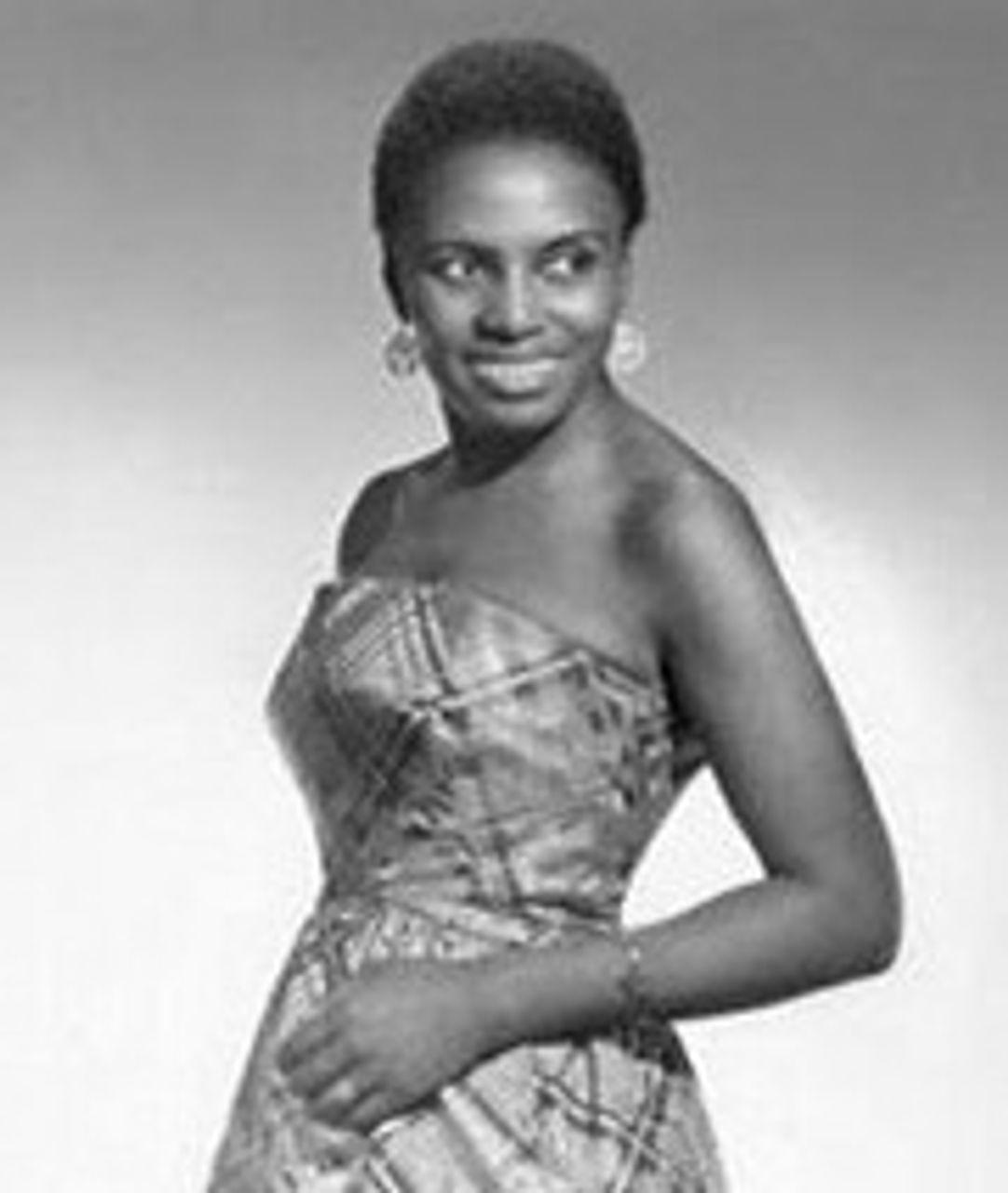 Miriam Makeba
Miriam MakebaMama Africa, directed by Mika Kaurismäki, charts the life and music of iconic South African singer Miriam Makeba. The documentary explores something of her poverty-stricken childhood in South Africa and her early musical career with The Skylarks, a Johannesburg all-girl group, and with jazz trumpeter Hugh Masekela, who became her first husband.
Makeba achieved international fame after American filmmaker Lionel Rogosin included her in the anti-apartheid documentary Come Back, Africa in 1959. She was touring abroad when the film was released and the South African government immediately revoked her citizenship, forcing her into exile for the next 27 years. The documentary follows her performances in the US, which became her next home, her involvement in the anti-apartheid movement, and the international popularity of her Xhosa-language songs and other South African music.
When Makeba married Black Panther leader Stokely Carmichael in 1968, American record companies cancelled her contracts and her US tours. The couple responded by moving to Guinea. Mama Africa was filmed just before the soft-spoken singer died at the age 76 in 2008 and is an important tribute to her music.
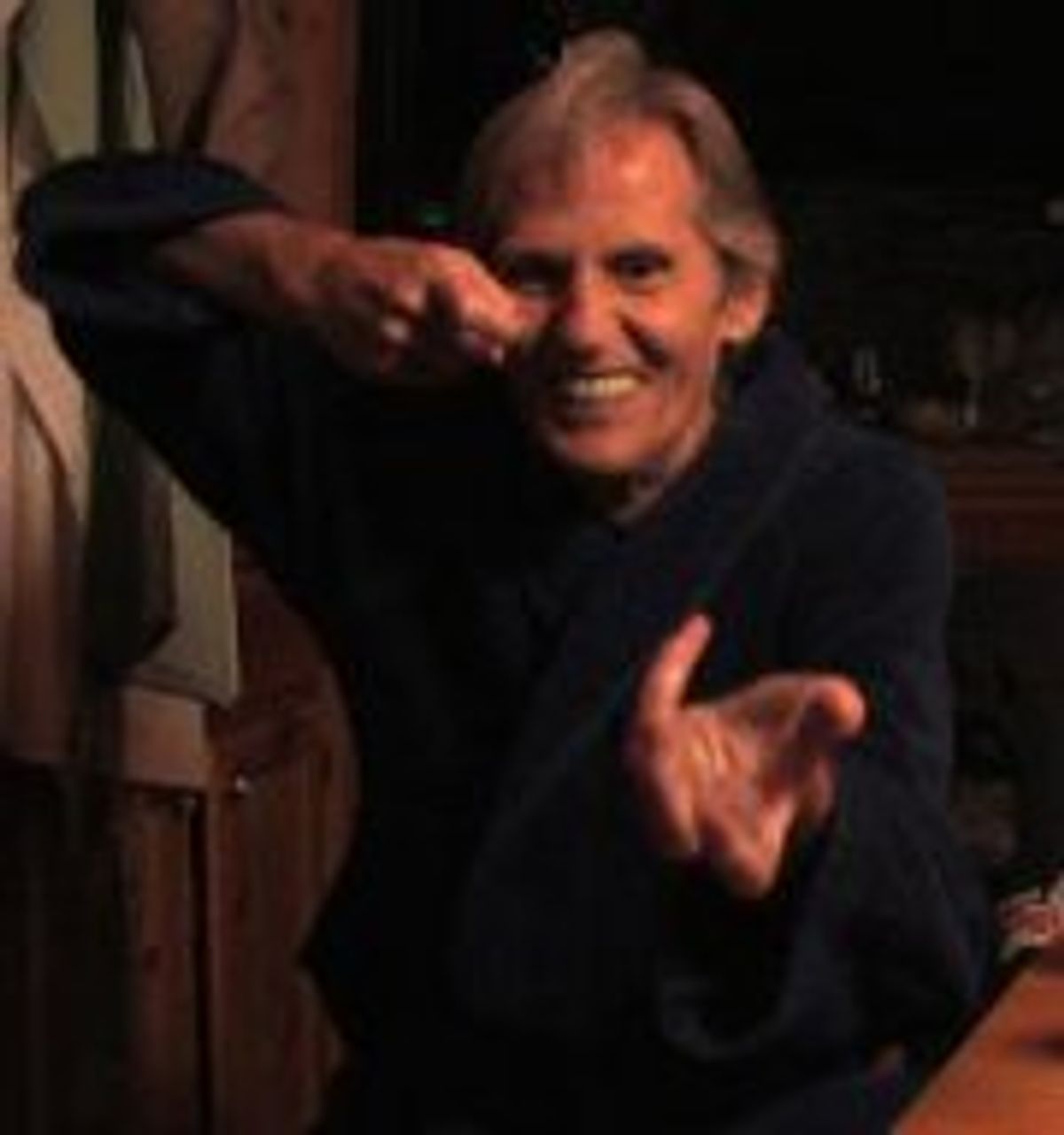 Levon Helm
Levon HelmAin’t in it for my health is about Levon Helm, drummer and vocalist for The Band, one of the most influential North American rock groups from the mid-60s until its breakup in 1976. Their best albums—Music from the Big Pink, The Band and Stage Fright—are an inspired fusion of country, early rock ’n roll and soul music. Born in Turkey Scratch, Arkansas, Helm who sings lead on “The Weight” and “Up on Cripple Creek” and several other classics, brought an earthy authenticity to the group’s sound.
As the movie’s title makes clear, Helm was 69 when the film was shot in 2007, and in poor health. Financial problems, throat cancer and the impact of decades of touring and serious financial difficulties have taken their toll. Despite these difficulties, Helm soldiers on, working on a range of projects, including a recently discovered but incomplete Hank Williams song.
Helm has a healthy contempt for the music industry. When told that he is to be awarded a Rock and Roll Lifetime Achievement Award for The Band, he refuses to attend the event, dismissing it as a stunt by “the suits” to drum up record sales. “What good will that do [deceased Band members] Rick [Danko] and Richard [Manuel],” he says.
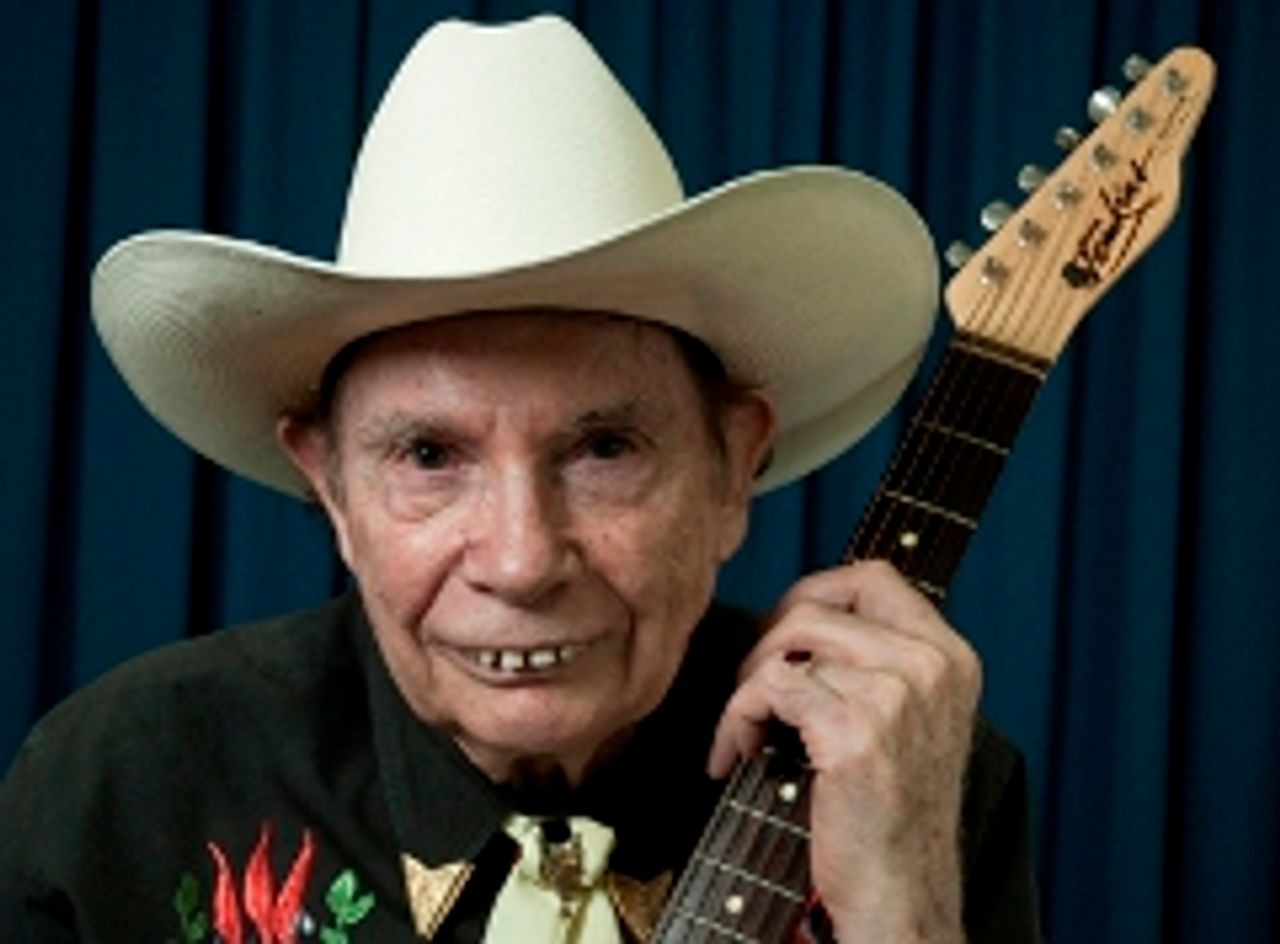 Chad Morgan
Chad MorganAnother documentary highlighting the pressures of a long life on the road is I’m Not Dead Yet, a hilarious and affectionate portrait of Chad Morgan, an Australian country music institution. The now frail 78-year-old Morgan, best known as the “Sheik of Scrubby Creek”, has been performing his brand of ribald country ballads, complete with bad yodelling and howling dog choruses, in regional and outback Australian pubs and clubs for over 60 years. The movie’s title is his frustrated response to the countless number of times he’s been reported dead by the Australian media.
While Morgan’s songs and his performance are “rough and ready”, they reflect an era of Australian rural music long ago swamped by a slick country music promotion and homogenised recording techniques. While the documentary is unlikely to win Morgan any new fans, Morgan probably is—for better or worse—as one of those interviewed explains, the “only genuinely authentic” country music balladeer Australia has ever produced.
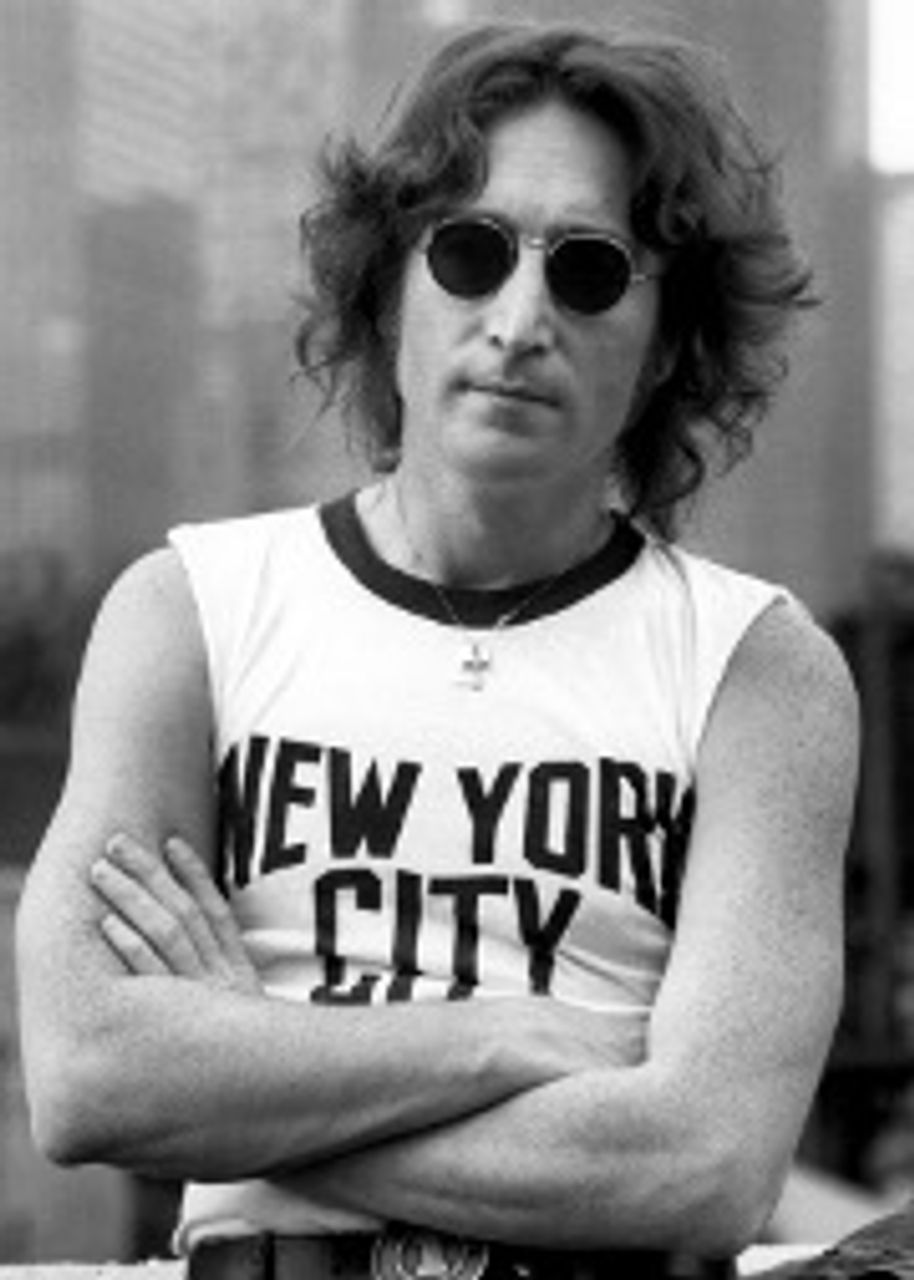 John Lennon
John LennonLENNONYC, directed by Michael Epstein, focuses almost exclusively on John Lennon’s time in New York City, where he spent the last nine years of life before being assassinated in December 1980.
Maybe we don’t need another documentary on Lennon, and especially one that covers much of the same ground as The U.S. vs. John Lennon (2006), the last feature. But Lennon’s determined opposition to the Vietnam War, the British military occupation of Northern Ireland and his socially-conscious wit and contempt for the powers-that-be remain direct and honest, and previously unseen clips from the final recording session of Double Fantasy, his last album, are worth watching.
To be continued
